
AUTHOR Tara Haelle
Cancer isn’t generally contagious, but the leukemia ravaging some soft shell clam populations on the East Coast has broken that rule. Scientists recently discovered that the cancer cells killing soft […]


The Marine Science Institute’s monthly column, Science and the SeaTM, is an informative and entertaining article that explains many interesting features of the marine environment and the creatures that live there. Science and the SeaTM articles appear monthly in one of Texas’ most widely read fishing magazines, Texas Saltwater Fishing, the Port Aransas South Jetty newspaper, the Flour Bluff News, and the Island Moon newspaper. Our article archive is available also on our website.

AUTHOR Tara Haelle
Cancer isn’t generally contagious, but the leukemia ravaging some soft shell clam populations on the East Coast has broken that rule. Scientists recently discovered that the cancer cells killing soft […]
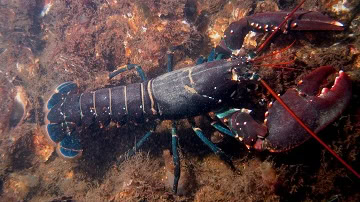
AUTHOR Tara Haelle
Dining on a jellyfish may not seem too appetizing to most creatures, considering the danger of getting stung. But these gelatinous blobs are a major menu item for various lobster […]

AUTHOR Tara Haelle
Many predators hunt by camouflaging themselves and waiting for unwary prey to swim close enough to become a meal. One species of frogfish managed to hide from scientists, too. Only […]

AUTHOR Tara Haelle
When the agonizing sting of a jellyfish shoots up your leg, all you can think about is stopping the pain. But does that mean ice or heat? Vinegar or urine? […]
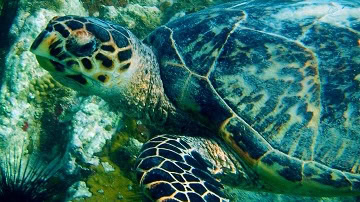
AUTHOR Tara Haelle
Nearly all of the world’s seven sea turtle species are facing a high risk of extinction, in part because of illegal trade of their eggs and shells. Yet scientists still […]
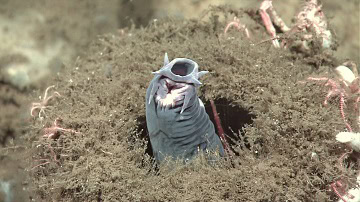
AUTHOR Tara Haelle
The hagfish is one of those animals that scientists aren’t quite sure how to classify. These bottom-feeders have a skull but no backbone. Like lampreys, they have no jaw, but […]
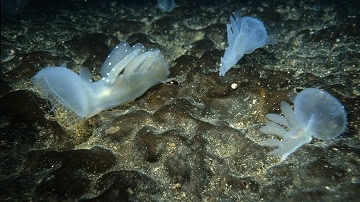
AUTHOR Tara Haelle
You might remember the story about the mountaineer who amputated his forearm so he could survive after his hand became trapped under a boulder. But imagine amputating a limb to […]

AUTHOR Tara Haelle
Tiny marine creatures known as zooplankton feed on phytoplankton, which use photosynthesis to create their food. Since phytoplankton tend to hang out at the ocean’s surface to absorb the sun’s […]
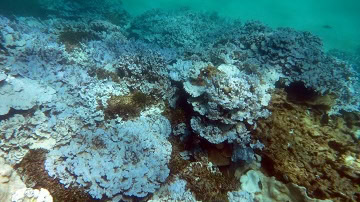
AUTHOR Tara Haelle
Carrying a bit of extra fat isn’t usually considered ideal among the human population, but for corals, extra fat could be a lifesaver. The more fat reserves a coral has, […]
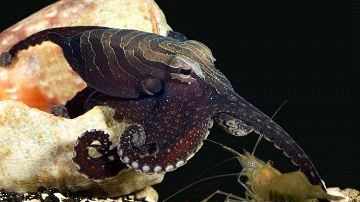
AUTHOR Tara Haelle
Of more than 300 species of octopuses, a few outliers are bound to do things a little differently. Meet the sneaky — but surprisingly social — larger Pacific striped octopus, […]